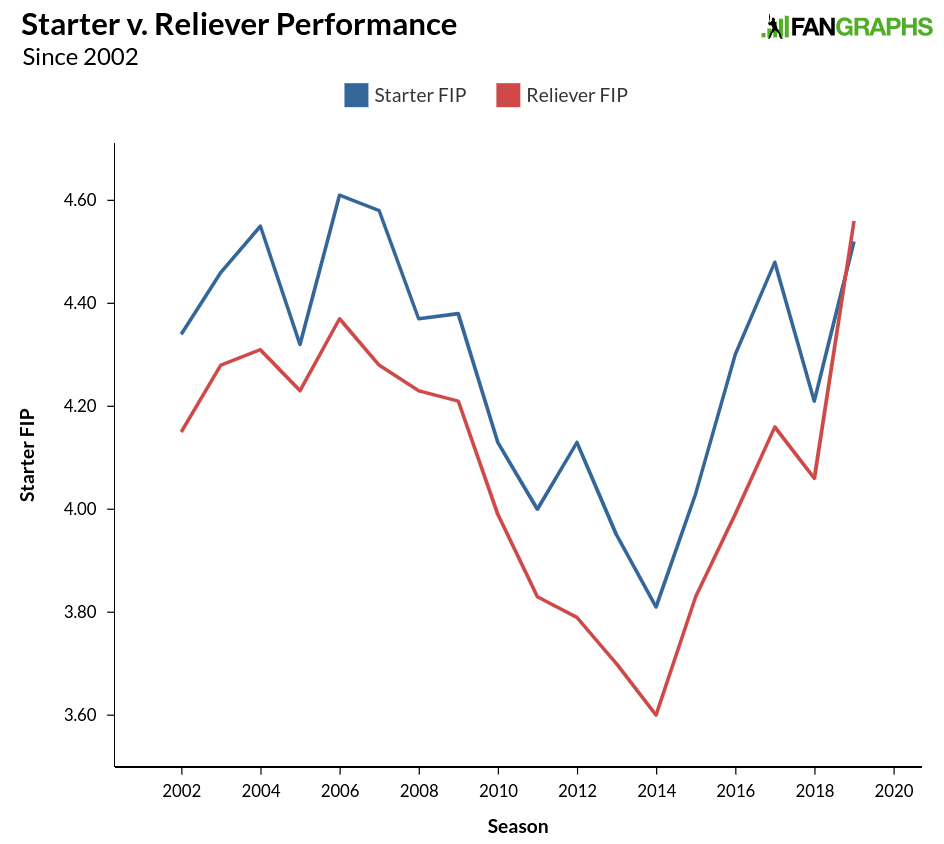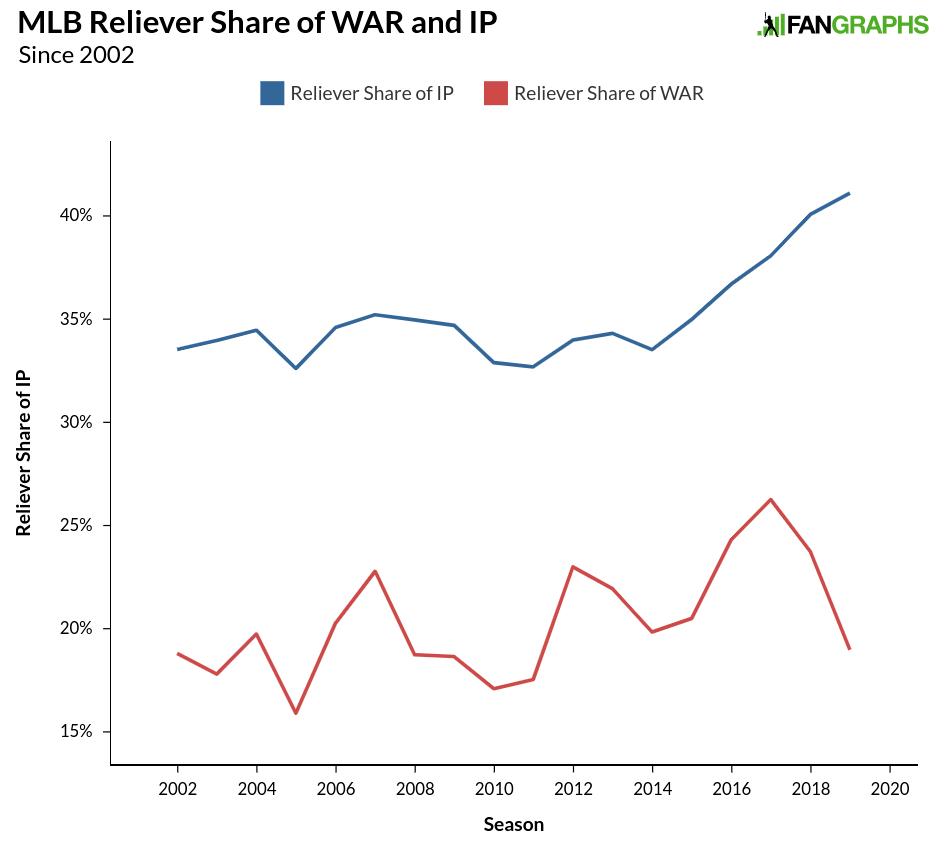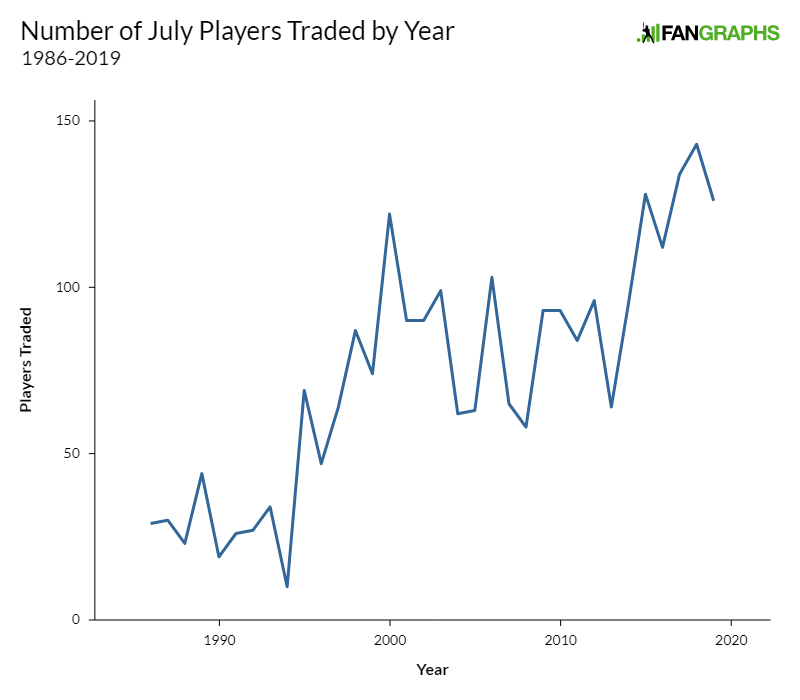Taking Home Runs Back to 2015
If you’re reading this article, you’re probably not dead, and if you’re not dead, you’ve heard all the fuss about soaring home run rates. I’m not here to judge your perspective on it — I think reasonable people can disagree on how they like their baseball, though I will say that I love a good strikeout and feel pretty neutral about home runs. But I think one thing everyone wonders about is who this all helps.
It’s not the pitchers, clearly. It doesn’t seem to be the big boppers — despite the stupendous home run totals, no one is threatening to hit 73 home runs any time soon. Heck, no one has approached 61 since Giancarlo Stanton’s chase in 2017, and that was a singular event rather than a wave of history-chasing sluggers. Is it the little guys? Freddy Galvis has 20 dingers on the year — that has to count for something.
There’s a lot of chicken-and-egg going on here and no real answers to the answer of who benefits the most from the livelier ball. That’s why I looked to the minor leagues to see which players were most affected by the new ball. That study was basically inconclusive, aside from showing that players with absolutely no power are barely affected.
I thought I’d take a different look at it today. It’s hard to say who has benefited the most from the new ball, but what if we could answer a different question: who would be most affected if the league surreptitiously replaced today’s baseballs with old ones overnight? Read the rest of this entry »





